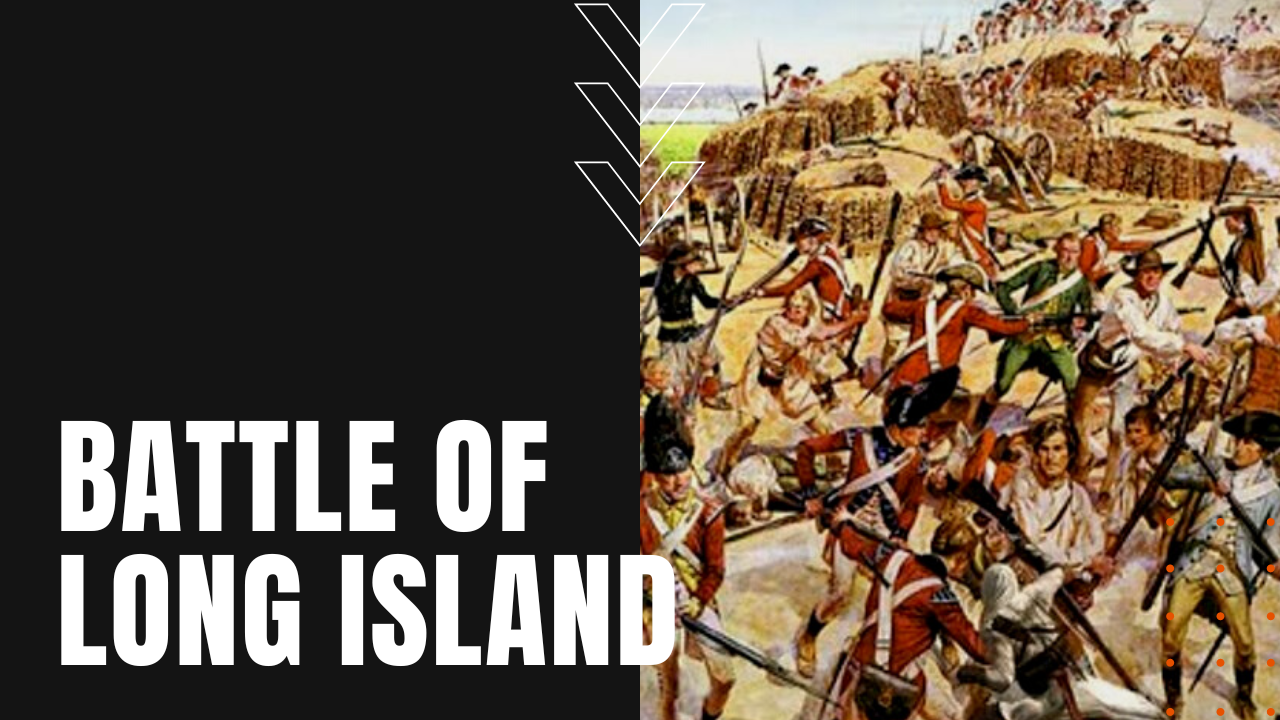Battle of Long Island

Following Great Britain’s retreat to Halifax after their defeat in the Siege of Boston, commander-in-chief George Washington ordered his second-in-command, Charles Lee, to move the Continental Army to Manhattan, in advance of an anticipated British assault on the vital supply ports surrounding the island.
In July, just days after the signing of the Declaration of Independence, British ships and troops under the command of General William Howe began amassing on Staten Island, landing 32,000 Hessian mercenaries and British troops aboard 400 ships.
In response, Washington moved many of his troops to Brooklyn Heights, clearing Loyalists from the area in preparation for battle. In an effort to end American resistance without bloodshed, Howe made several overtures to Washington, granting pardons for the Patriots’ capitulation, to which Washington replied,
“Those who have committed no fault want no pardon.”
George Washington
The Battle of Long Island
Great Britain’s strategy in the Battle of Long Island was to sever American supply lines at New York, effectively choking off the New England states to the north. At the same time, encouraging Loyalists to support an early end to the Revolutionary War.
The battle came to a head on August 27th, 1776, when bloody fighting erupted at Battle Hill, which is now the site of the Green-Wood Cemetery. Misreading the British assault as her primary landing force, the Americans inflicted the highest number of casualties despite being out-manned and out-gunned.
In a flanking maneuver under the command of Hessian General von Heister, Hessian troops broke through the American’s left flank, who resorted to hand-to-hand combat before retreating from the pass. A third major battle happened at the Old Stone House, before General Howe inexplicably stood down after the American’s retreat and eventual escape into Pennsylvania.
Who Won the Battle of Long Island?
By the end of the battle, British/Hessian losses stood at 64 killed, 294 wounded and 31 missing, while the Americans reported 300 dead and over 1,000 captured, most of whom died on prison ships in Wallabout Bay or Middle Dutch Church from starvation, lack of medical care and an outbreak of infectious smallpox.
After the Battle of Long Island, leaders on both sides of the conflict understood that what lay ahead would be a long and bloody war, making the Battle of Long Island, the bloodiest day to date in North American history.
